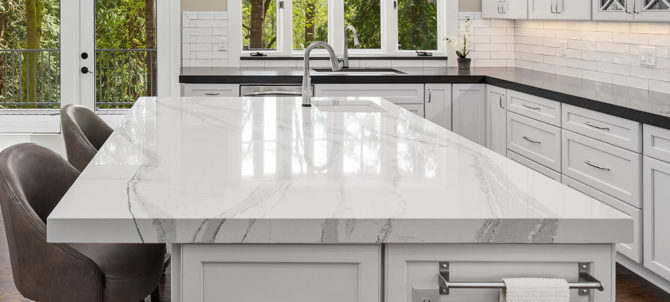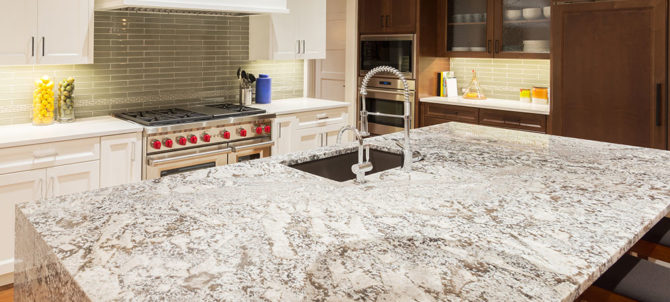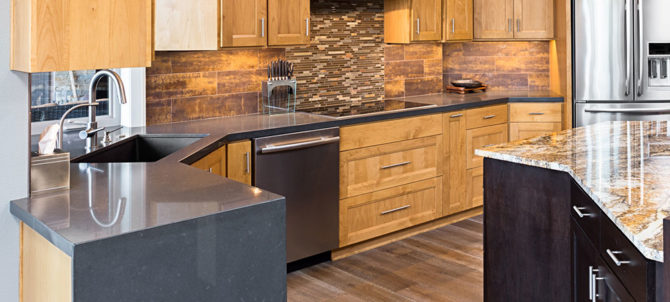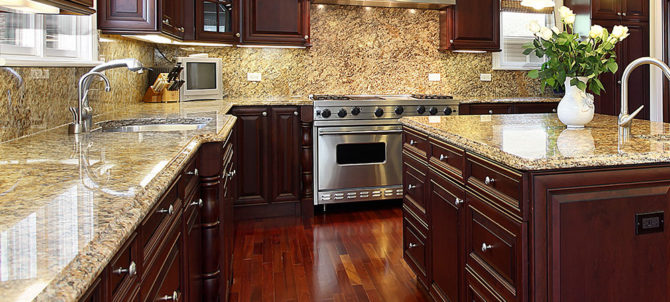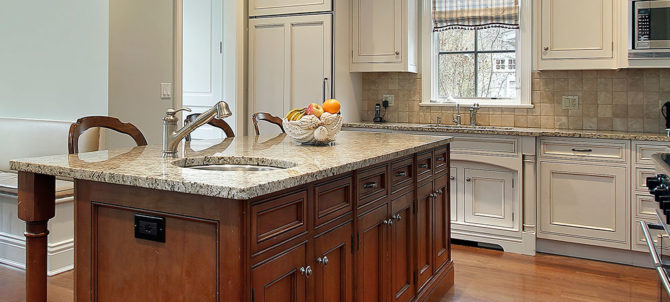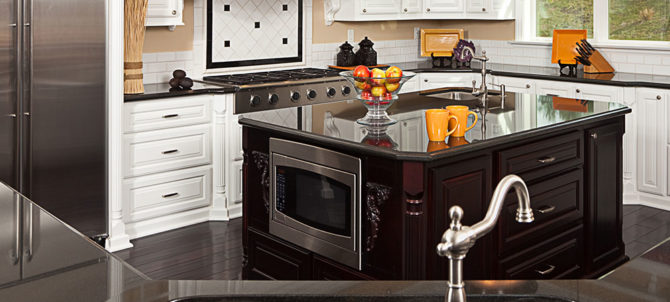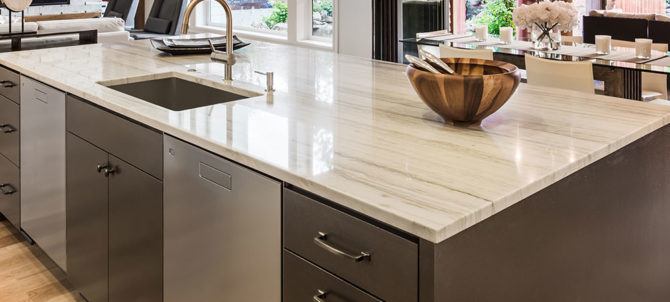
Whether you’re remodeling or creating a new kitchen, you need new countertops in most cases. After removing the old countertops, there are numerous factors to consider when selecting the new countertops.
To help you out, here are factors to consider when looking for new countertop replacement units:
How you will be using the countertops
When deciding on the best countertops for your kitchen, you’ll undoubtedly consider how they look first. If you do not choose a material that can endure the daily use of the room, your money will be wasted. So ask yourself: how do you and your family utilize the kitchen?
Do you cook frequently? Do your counters show wear and tear from hosting parties or having youngsters at home? How long do you intend to live in your house?
You should answer these questions to make the right choice.
Purchasing multiple types of materials is one way to accommodate varied purposes for your kitchen. If you slice a lot of items while cooking, you might want to use butcher block on some of your counters so that you have a built-in cutting board. If you bake frequently, you will benefit from working with dough on a marble surface.
Mixing and matching kitchen countertop materials can also save you money. For example, if you have a large island, you may use a less expensive material here. Then, you can spend a little more cash on nearby counters that occupy fewer square feet.
The amount of maintenance you are willing to do
You should be honest and realistic about this one. Before you fall in love with the appearance of a material, understand the requirements for its upkeep. Here’s something to remember:
The butcher block is long-lasting but must be sealed biannually to prevent severe deterioration.
Porous materials such as marble, limestone, and granite require annual oiling and sealing.
Other materials, like quartz, only require a simple wipe-down without requiring any sealing.
This makes it easy to maintain your units.
If you don’t have much time to do the sealing and other maintenance tasks, you should avoid countertops that require much care as they will be too much of a bother.
Your budget
The cost of materials varies greatly, but with appropriate maintenance, good kitchen countertops can last long. You should choose your dream countertops and pick a variant within your budget.
For example, maybe you like the beauty of marble, but it’s out of your budget. Quartz has a similar look but is slightly less pricey. So, you should consider buying it.
Depending on the variations between your ideal countertops and the less expensive alternative, investing a little more money on something you’ll be using for many years may be worthwhile.
If you aren’t sure how much money you should spend on the countertops, a good rule of thumb is to pay between 15% and 30% of your money on kitchen countertops. If you spend less than 15%, the quality may be inferior to the other materials you use.
On the other hand, if your countertops cost more than 30%, you may be going overboard.
The amount of space that you have
Knowing how many linear feet of countertop space you have will allow you to estimate how much material you’ll need. Take this to several companies and compare it to their various alternatives and brands. This will give you a general estimate of how much it will cost you to purchase one material or brand over another.
The materials and colors that fit your home
And now to the question that often comes to mind: what will look best in my kitchen? Here’s a list of questions to help you decide which kitchen countertop material and color will complement your design:
- Do you prefer a particular countertop color?
- Do you expect your paint and hardware options to change?
- How does your pick look against your current kitchen walls?
- Are you satisfied with your present kitchen style or do you wish to change it up?
To leave your options open, choose a material with veins or splashes of color.
You should select a neutral color. Paint and accessories might vary over time, so having counters that match everything is a good idea.
If possible, take the samples home to ensure that you are buying the right countertop that looks great on your home. Looking at the material in your kitchen’s distinctive light and comparing it to the room’s colors, woods, decorations, and flooring will help you decide whether it suits your vision.
Countertop options to go with
Are you wondering what are your options when it comes to kitchen countertops? Well, there are many. The most popular ones include:
Concrete Countertops
Concrete countertops, which closely mimic genuine stone, remain popular among those seeking a unique countertop. Unlike the concrete countertops of the late 1980s, which were poured haphazardly over the cabinets, today’s fabricators provide pre-cast counters manufactured in a workshop and delivered—fully cured and finished—to your home.
Pre-cast concrete countertops are normally 1½ inches thick and come in slabs up to 10 feet long. Pigments are added to the concrete during mixing to create a range of hues.
After curing, the slabs are sharpened and sealed to avoid stains. Cracking is always an issue with concrete. Thus, fabricators frequently employ wire mesh, metal rebar, fiberglass, or stainless steel fibers to reinforce the counter.
Granite countertops
Granite is a popular material for kitchen countertops due to its durability and natural beauty. Each block of granite is unique, with different veining and color variations.
Some of the reasons you can consider granite kitchen countertops include:
- Increase the value of a home.
- They come in a variety of colors and patterns.
- They are exceedingly durable and scratch-resistant.
- Offer heat resistance.
Parting shot
These are some factors to consider when choosing kitchen countertops Raleigh for your next project. For the best outcome, ensure that you choose countertops that match the design of your home and are easy to maintain.
